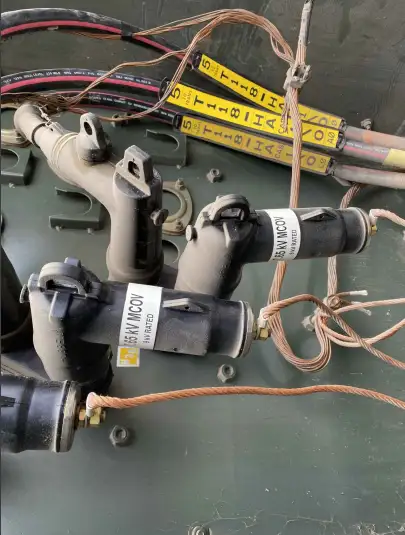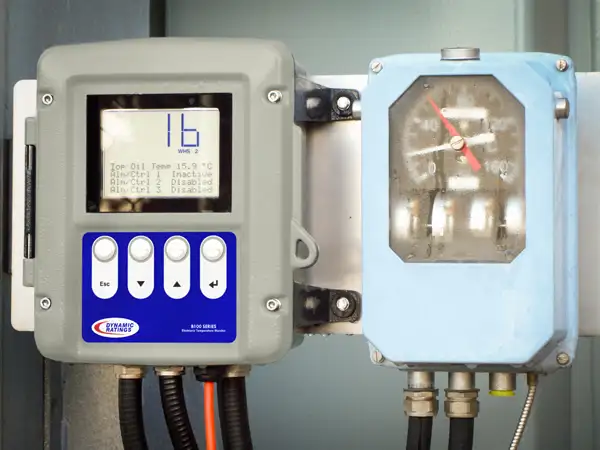Linear Power Transformer Application

A linear power transformer plays a crucial role in ensuring stable and precise voltage conversion, making it indispensable for various electrical systems and applications. For industrial electricians, mastering the functionality and significance of these transformers is key to maintaining efficient electricity distribution, safeguarding equipment, and addressing the unique challenges of voltage regulation. This article delves into the principles, applications, and critical aspects of voltage regulators, offering readers the knowledge to optimize system reliability and tackle complex electrical demands effectively.
A voltage regulator is fundamental to traditional electricity conversion systems, bridging the gap between high-voltage AC power and the precise DC output required for various applications. Operating on the principles of electromagnetic induction, it steps down or up the input voltage to a level suitable for the connected load. This process ensures that sensitive devices, such as control circuits and test equipment, receive stable and regulated electricity, which is essential for their optimal performance.
Frequently Asked Questions
What is a linear power transformer, and how does it work?
At the core of the voltage regulator lies its ability to convert AC voltage into usable DC output through a combination of components. The transformer itself reduces or increases the voltage to the desired level. This output is then rectified using a bridge rectifier, which converts the AC signal to pulsating DC. A filtering stage smoothens the signal, and linear regulators refine it further to deliver consistent DC voltage. This sequential process ensures high efficiency and reliability, making electricity supplies a preferred choice for precision applications.
What are the primary applications of voltage regulators?
Voltage regulators are integral to a wide range of devices and systems. They are commonly found in test equipment, audio amplifiers, and medical devices, where stable output voltage and minimal noise are critical. Their ability to handle various input voltage ranges and maintain strict line regulations ensures they meet the stringent demands of sensitive applications. Additionally, in environments requiring low electromagnetic interference, these transformers excel due to their low-frequency operation.
How do voltage regulators differ from switch-mode power supplies (SMPS)?
When comparing voltage regulators to switch-mode power supplies (SMPS), several distinctions emerge. Linear transformers are bulkier and operate at lower frequencies, which contributes to their reliable and noise-free performance. In contrast, SMPS use high-frequency operation to achieve compact size and higher efficiency but may introduce noise and complexity. For applications where consistent, clean power is paramount, linear systems remain the go-to solution despite their larger size.
What factors should be considered when selecting a voltage regulators?
Choosing the right voltage regulator requires evaluating several key parameters. The output and voltage requirements of the application must align with the transformer's capabilities. The device's ability to handle variations in input voltage and provide stable line regulation is equally important. Additional considerations include thermal performance, size constraints, and durability, which collectively determine the suitability of a transformer for specific use cases.
What are the common causes of failure in voltage regulators?
Despite their robustness, voltage regulators can face issues such as overheating, insulation breakdown, or component wear. Prolonged exposure to high-frequency currents or overloading can exacerbate these failures. Routine maintenance, including checking for physical damage and verifying electrical performance, helps prevent unexpected downtimes and extend the transformer's service life.
A voltage regulator plays a crucial role in electrical systems by efficiently converting AC voltage into the appropriate levels needed for various applications. Known for their reliability and the ability to deliver stable, clean DC output when combined with rectifiers and regulators, these transformers are essential for sensitive equipment, industrial systems, and control circuits. By effectively managing voltage fluctuations and ensuring consistent electricity supply, voltage regulators safeguard sensitive components and maintain system stability. Gaining a deeper understanding of their operation, uses, and maintenance is key to optimizing performance and ensuring the reliability of electrical systems.
EF PARTNER MEDIA
Videos
Product Showcases
Shared Media



























